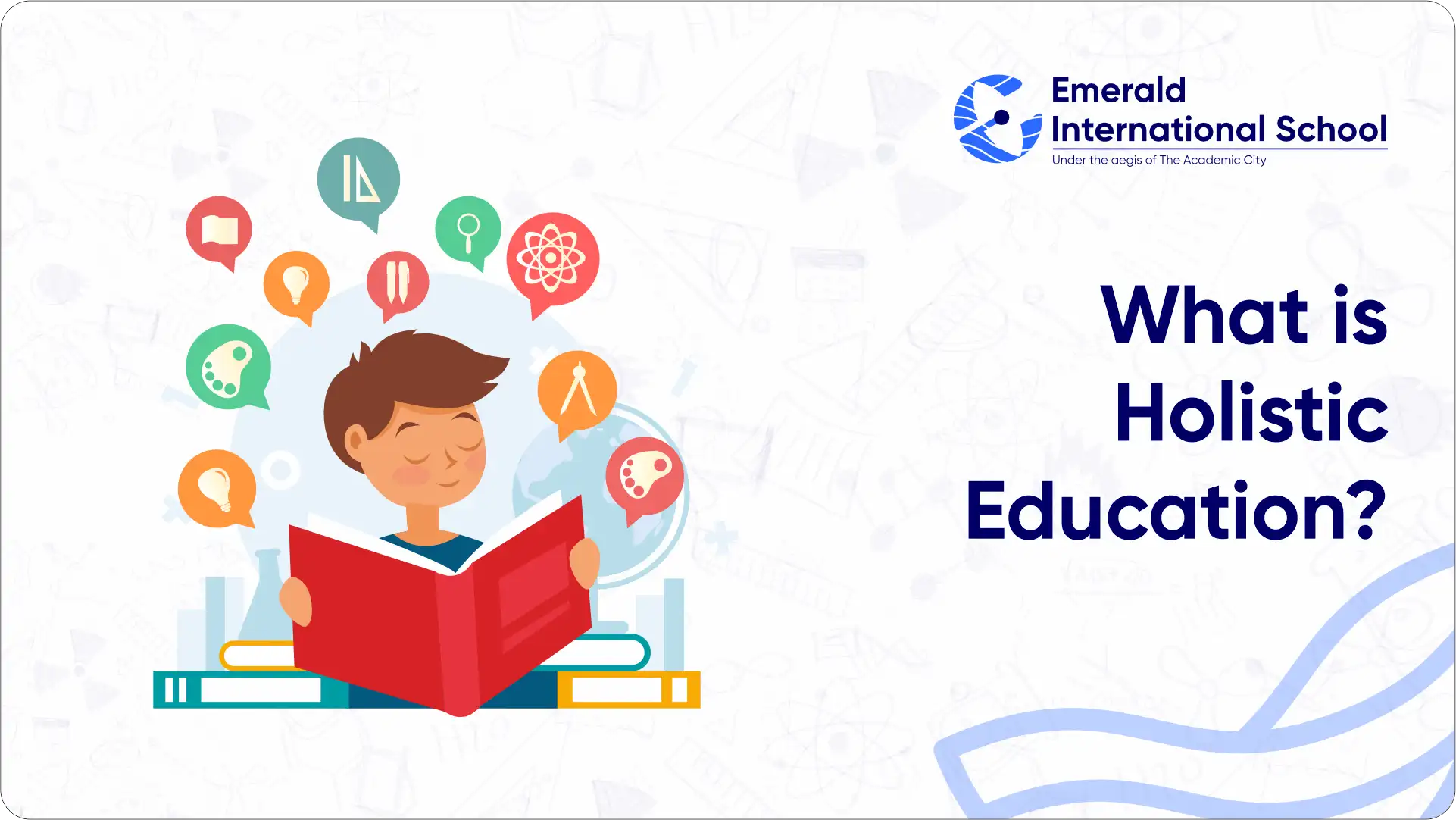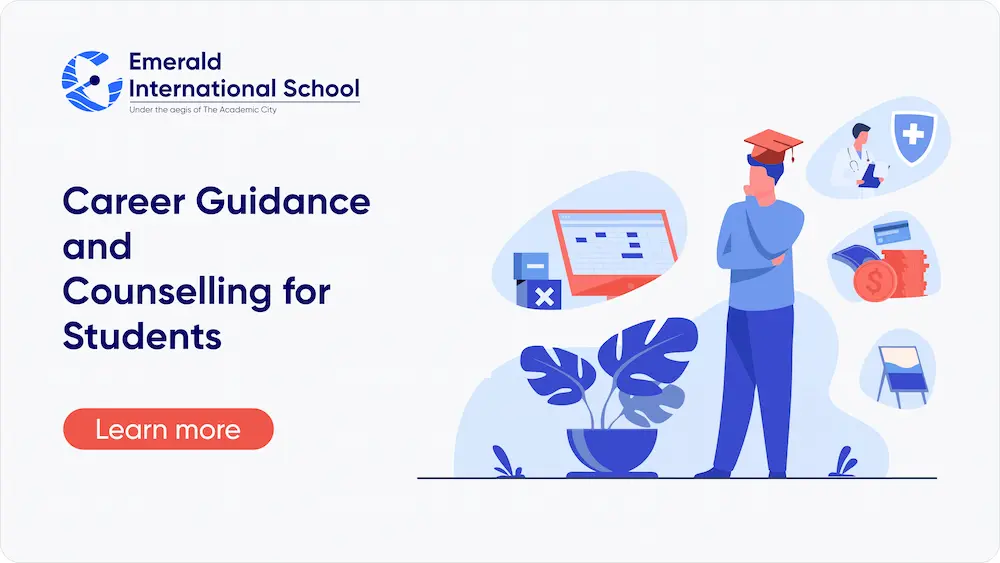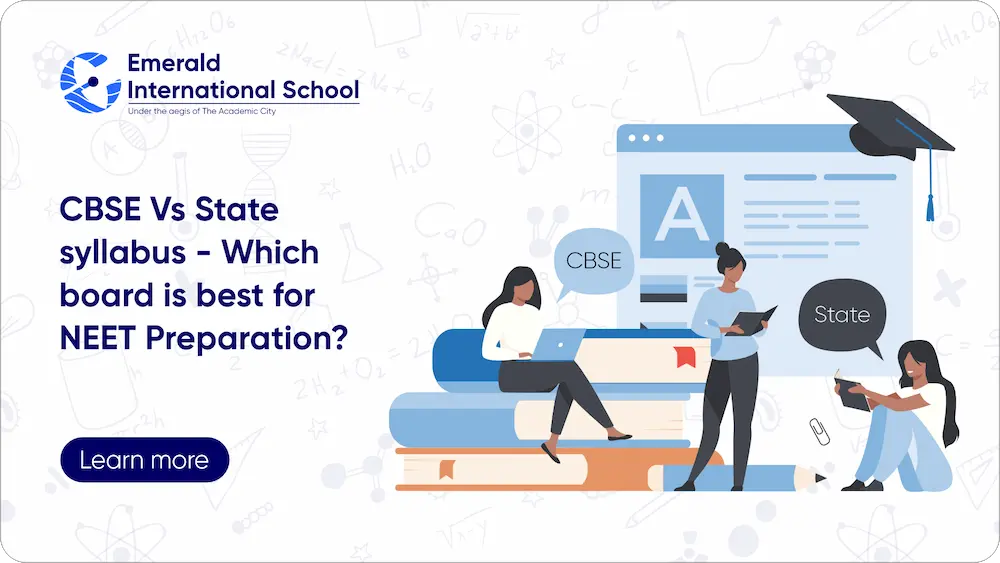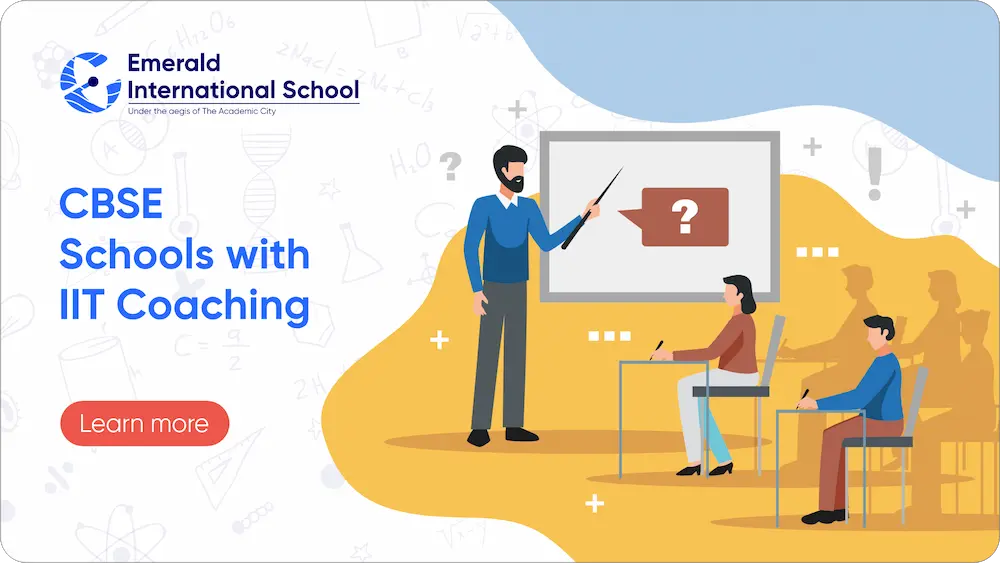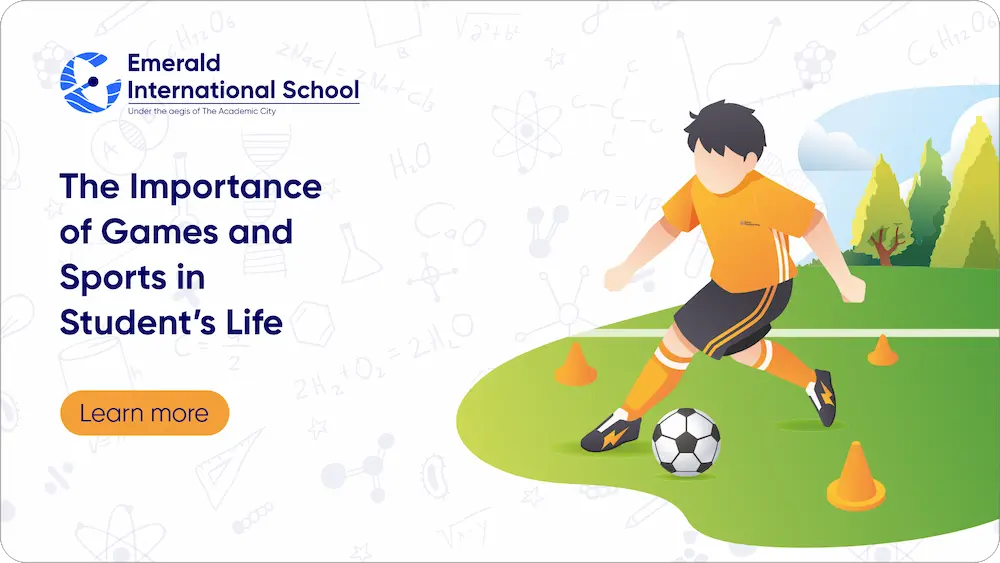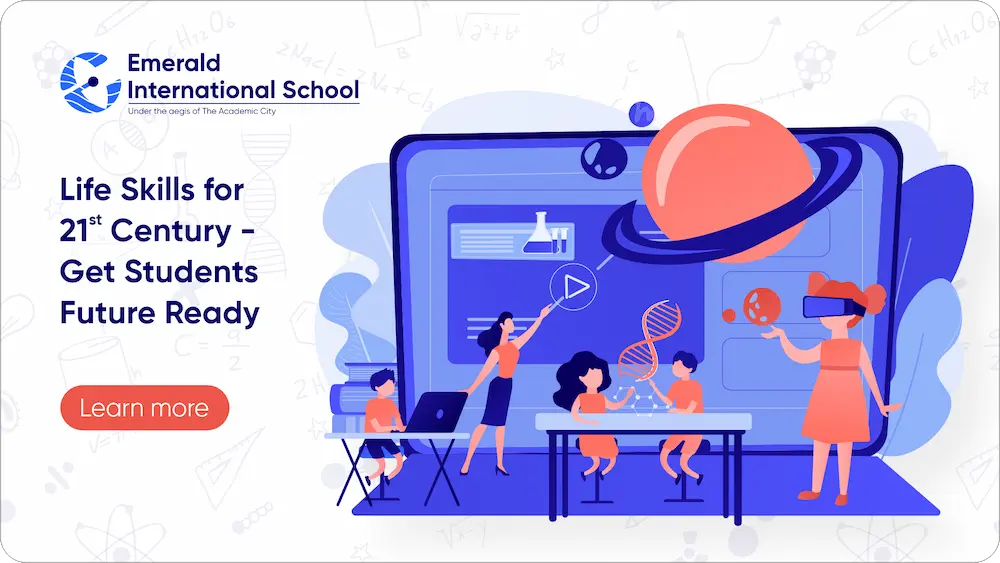Importance of Art in Education
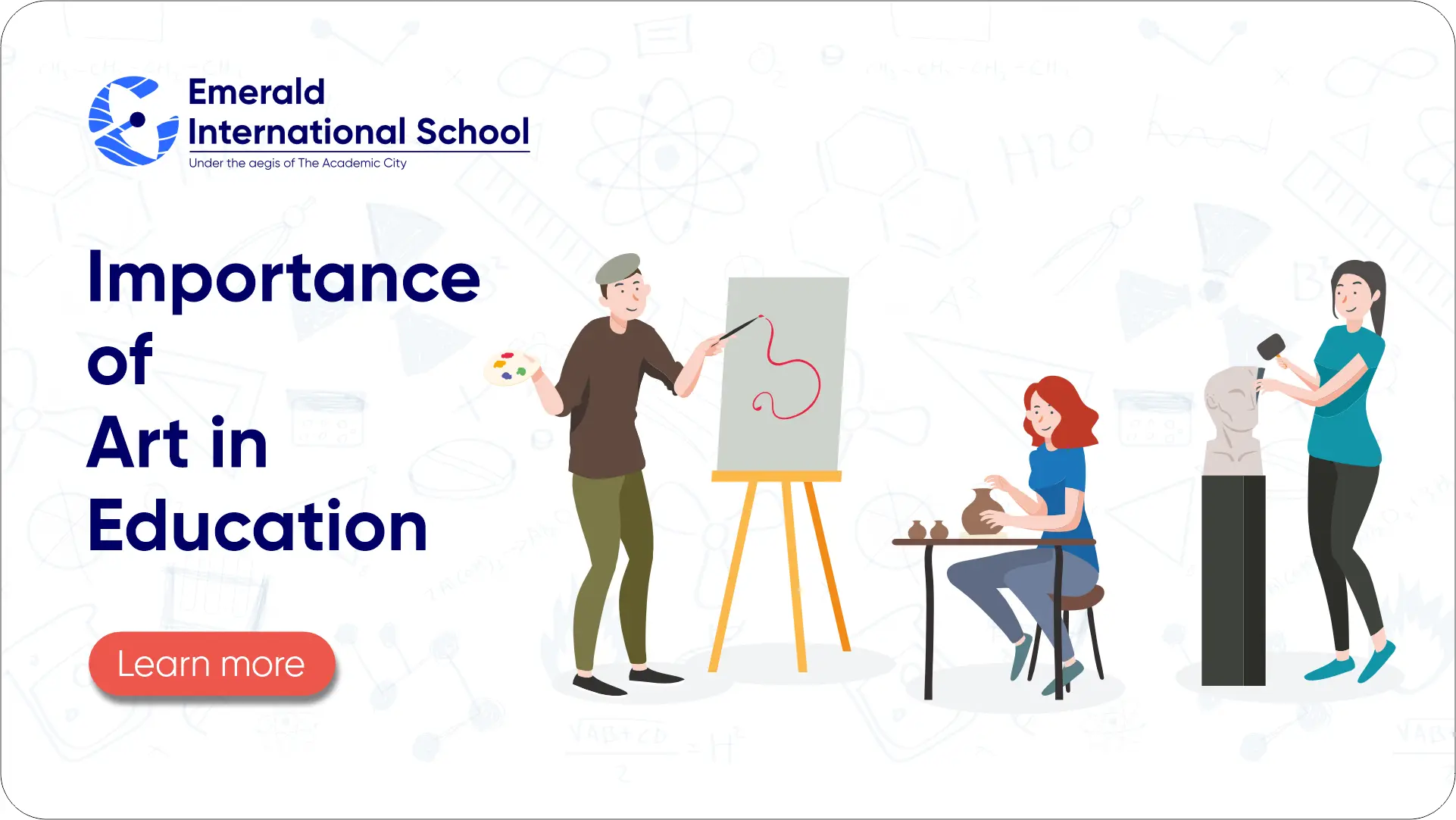
Introduction
Though we don’t readily recognize it, our world is filled with applications of art, design and creativity. From movies to music, from festivals to temple architecture, from the user-friendly design of gadgets to the website on which you are reading this blog and everything beyond has been achieved by creative minds who dared to think out of the box. While art and creativity can provide us with cultural enrichment, entertainment and food for thought on one hand they can also make engineering products comfortable and easy for human usage thus giving them a competitive edge in the business world. But unfortunately, art in education is reduced to ever-dispensable drawing & craft class that is approached with frivolity.
Art and creativity can provide students with abundant learning opportunities not only to build a well-rounded personality but also an opportunity to build skills for a serious career and high earning potential too. This blog further informs you on the relevance of art in education.
What are the various arts in education?
Art is an expression of abstract human emotion or idea through a physical medium. Art in education can be broadly divided into visual arts , literary arts, and performing art. Visual art is a field we are all very familiar with. It includes pursuits such as painting, sketching, craft, photography, videography or architecture. Performing arts include dance, drama or music. Literary art includes creative and imaginative writing such as fiction, essays, manuscripts or poetry.
What is the importance of art in education?
Just like the importance of mathematics, social sciences or any other formal subject, arts and creativity is a basic human faculty that needs formal training and guidance in school. It is a pursuit that not only provides opportunities for personal growth and personality development but also opportunities for fetching careers and professions when nurtured in the right way. Given below are the benefits of arts in education for students:
- Strengthens imagination and fosters creativity – Any art form involves the expression of the ‘abstract’ through a physical medium. Imagination and creativity have to be employed in the process. The exploration of colors, designs, materials, tools and other supplies can help students build their imagination and power of expression. Also, it makes room for free interpretation, deeper thinking, unearthing of new layers of meaning, creating patterns and connecting dots through analysis of their work. Constant practice unleashes their imaginative power and out of box thinking which in later life forms the basis of any problem-solving skills.
- Building awareness and self expression – Self-awareness and self-expression are key to building confidence in a child. Probably art class is the only class where there are no strict right and wrong, ‘dos and don’ts’, ‘shoulds’, ‘oughts’ and ‘musts’. The ability to express oneself freely provides positive assurance to students that their thoughts and ideas are acceptable. In the process of self-expression students also uncover their feelings, ideas and thoughts thus building self-awareness which in the future will form the basis of their emotional health and well-being.
- Opens new perspective – Exposure to art forms such as dance, theater, literature, poetry etc. opens up new perspectives for students. They get exposed to social issues, mythology, spirituality, conflicting emotions, complex human relations and different cultures and ways of life. It offers an excellent opportunity to understand the world from a different perspective thus gradually pushing students out of a narrow worldview.
- Emotional maturation – Exposure to new perspectives, and new world views naturally builds empathy and understanding of the other leading to gradual maturation of thoughts and emotions. Any art form involves storytelling allowing students to internalize universal human values, morals, virtues and principles. This goes a long way in nurturing well-rounded young individuals in school.
- Builds respect for diversity & inclusion – Exposure to a variety of thoughts, opinions, perspectives, cultures and ways of life builds inherent respect for diversity and inclusion. Students naturally become sensitive to the feelings of people from other genders, religions, and cultures. A healthy respect for all can be achieved without conflicts.
- Language development – Participation in theater, creative writing, poetry etc. are natural and organic ways for students to expand their vocabulary, practice grammatically correct language and improve their command over the language. Language development happens effortlessly and in a fun-filled way in a theater class.
- Building interpersonal skills – All art forms require the ability to understand and interact with others. Students naturally build strong communication, active listening, empathic understanding, cooperation, emotional intelligence and teamwork thus honing their interpersonal skills.
- Improving fine motor skills – For younger children, activities such as painting, sketching, origami, paper craft, beadwork, macramé, calligraphy etc can improve finger dexterity and other fine motor skills.
- Complementing and supplementing academics – When taken seriously can complement and supplement formal classroom learning and academics. Language development through theater can help students improve scores in the English language, or learning new cultural perspectives through art can supplement learning in social science or improved interpersonal skills can translate to better behavior in the classroom.
- Fostering career interest - Last but not least, art education exploration of a variety of art activities may help students build a special interest or preference for a particular activity which may grow into a career interest. For example, a student who has a preference for visual art forms may be suitable for careers in web designing, graphics, animation, photography, interior designing, architecture, fashion designing and more. A student with a preference for literary arts could be suitable for careers in journalism, writing, media, advertising, content development, English language expert, public relations and more. These are some of the high paying careers of the 21st century.
How can art be incorporated in education?
Emerald International School, the unrivaled best CBSE boarding school in India for 11th and 12th grades, embodies excellence and innovation in education. With its serene natural surroundings, focus on holistic development, career-oriented approach, emphasis on social, economic, and cultural learning, and provision of a safe and secure boarding facility, the institution sets a new benchmark for the best boarding schools in Karnataka, the top boarding school in Bangalore, and a leading CBSE boarding school in India. By nurturing the overall growth of its students and preparing them for a successful future, Emerald International School provides an environment where young minds can flourish. For those seeking an exceptional educational experience that combines academic excellence, career preparation, personal development, and a secure boarding facility, Emerald International School undoubtedly stands as the ultimate choice.
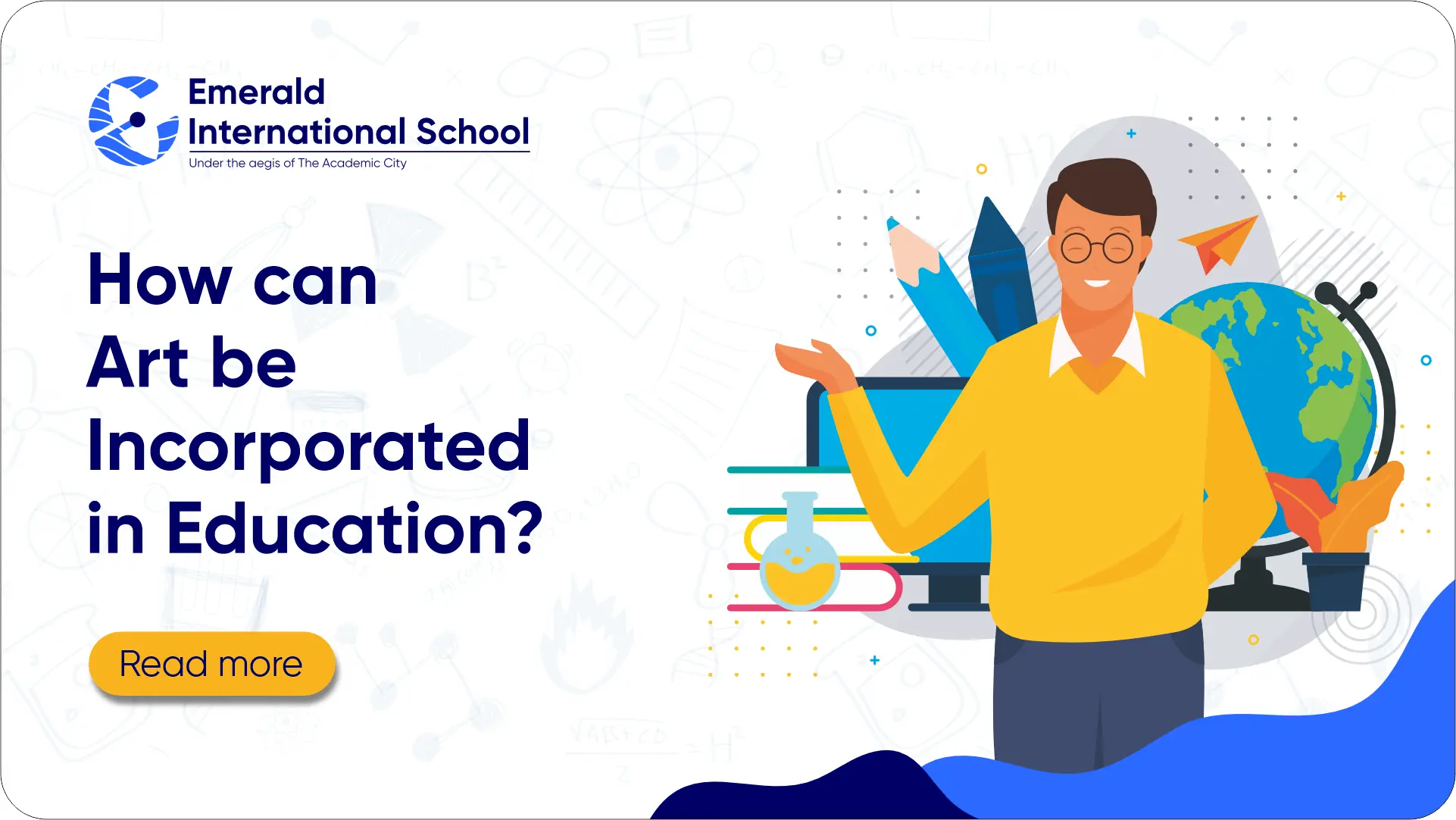
Art is already incorporated in our syllabus, at least on paper. It only needs to be taken seriously by parents and educators so that it can be strengthened further to help students make full use of art class. Here are some suggestions:
- Expose students to all 3 forms of art at school. Do not restrict art class only to drawing and painting. Include theater, music, dance, poetry recitation, origami, pottery and other arts and crafts that are enjoyable and cost-effective too.
- Connect art classes to academics. Enact a Shakespearean drama or O’henry’s short story or any other prose already prescribed in an English textbook during theater class. Teach basic geometric concepts through tessellation drawing or even origami. Certain concepts in physics such as the color wheel, visible spectrum, saturation, lightness, primary and secondary colors, prism experiments etc. can easily be connected to painting classes.
- Make art a student driven activity. Facilitate student theater clubs, debating clubs, photography clubs, literary clubs etc. so that art education is not restricted to only classroom activity.
- Build maker’s space in schools which is a confluence of art, craft, design, science and engineering that can take student imagination to the next level. Maker’s space is a Lab filled with tools, materials, supplies, simple devices and equipment where students are encouraged to experiment, build, tinker and create freely. It encourages creativity by allowing hands-on manipulation of material through cardboard construction, fabrication, prototyping, model building, textile sewing, recycling and upcycling. It brings the world of art and science together in new ways for students.
- Build career perspective into art education. Students should know the relevance and utility of what they do so that they take it seriously. Students need to know that Mathematics and science are not the only fields where career opportunities are available. They should be exposed to the variety of career opportunities of the 21st century and this must be connected back to their arts and craft classes.
Future of art education
The fast pace with which artificial intelligence is changing the nature of modern jobs, careers and professions, many low to mid-level cognitive work will soon be replaced with technology. What cannot be easily replaced by artificial intelligence in the foreseeable future are jobs that require a high level of emotional intelligence, interpersonal skills, creativity and human empathic touch and most creative careers fall in this category. Thus the demand for art in education will see an unprecedented rise in the future.
Conclusion:
Art and creative expression is one of the primary facets of human intellect and thus a natural part of education. In education, art is of great importance because it not only nurtures the growth of a well-rounded personality but also lays the foundation for fetching careers. While the syllabus already prescribes art and craft at all levels of schooling, it is the curriculum drawn by the school that can make art education truly count for the student. The schools have a great responsibility to bear.
About Emeral international school
Emerald International School has a carefully crafted curriculum that thoughtfully interweaves art, creativity, extracurricular learning and academics in a manner that helps in the holistic development of students. The curriculum incorporates many different art forms such as music, dance, drama, drawing, and craft and promotes it through various student-driven clubs in the school. The competitions, events, trips and outdoor activities conducted at the school further support the learning of the students. The school is putting its efforts towards creating a maker’s space where students can work hands-on with tools and materials to enhance their learning and understand the meeting point of art and science.
Being a residential school, Emerald International School does not face the constraint a day school would have in involving students in a variety of holistic activities. With teachers and students staying on the same campus, evening hours and weekend hours are also put to creative use to expose students to a diverse range of activities thus striking an excellent balance between academics and non-academic activity in a non-stressful way.
We at Emerald International School encourage all our prospective parents to spend a day with us when they come in for an enquiry. They are encouraged to understand all the programs and activities of the school in detail, interact with teachers, go through extensive campus tours, interact with the principal and get a firsthand experience of how the school’s vision is expressed on the ground. On your visit, you will be able to see firsthand that EISl follows a curriculum that brings to life all aspects of a holistic approach to education. The infrastructure includes various sports facilities, space for a variety of outdoor activities, a laboratory, a maker’s space, a library, a vegetarian kitchen, hostel facilities and more.
Choosing the right school is the best way to secure your child’s future. We invite you to visit our campus in Bengaluru!
